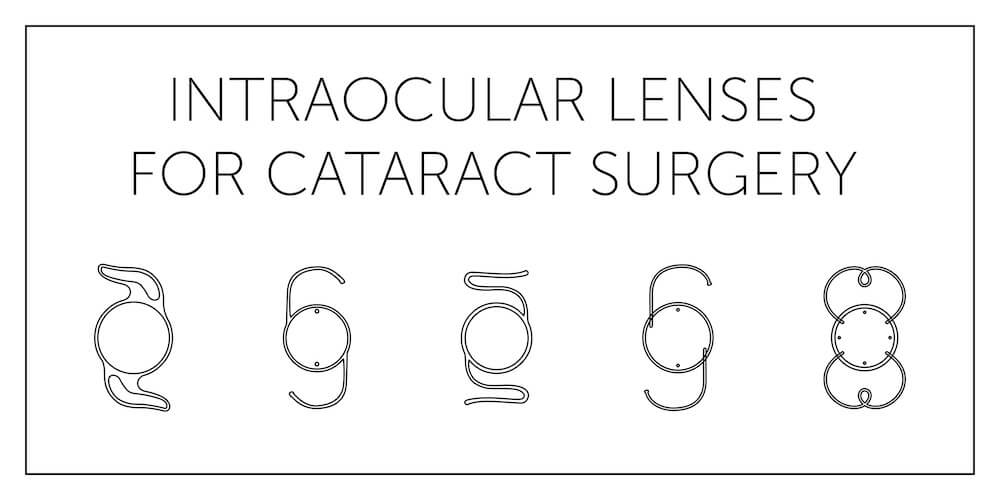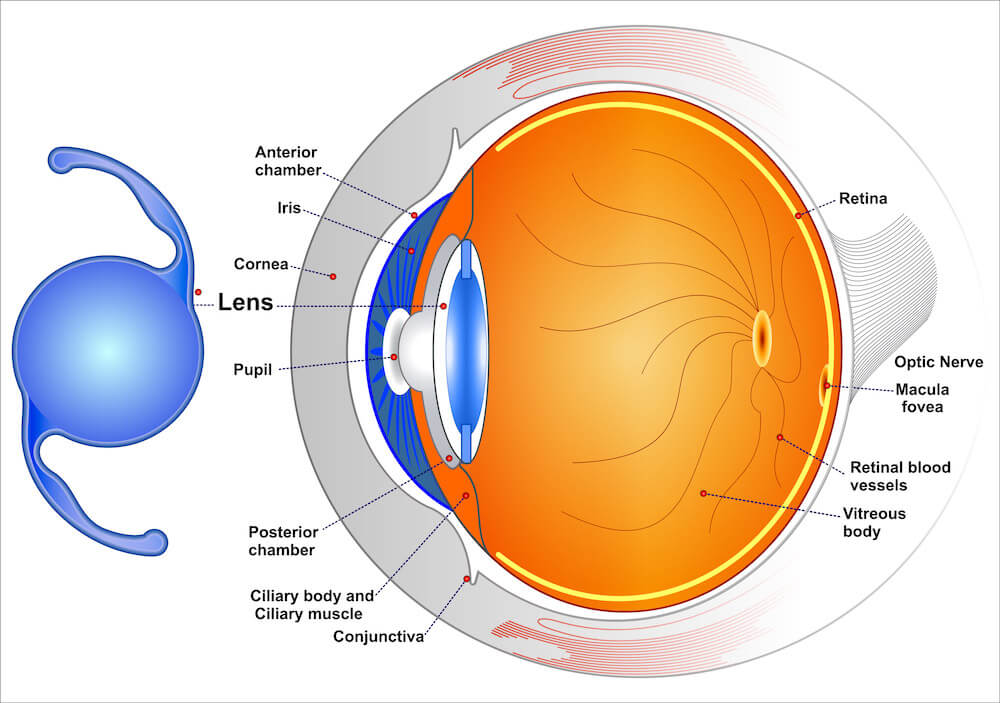
A cataract is the clouding of an eye’s lens. Cataracts form when the two dominant elements that make up our eye’s lens, water and protein, “clump” together and block/blur vision. This condition is very common and affects nearly half of all Americans by the age of 80. The good news is that you don’t have to live with cataracts.
If you answer “Yes” to any of these questions, you may be showing early signs of cataracts, or have a cataract already.
Cataract surgery is a simple procedure with an excellent success record. The clouded natural lens is replaced with an artificial lens called an intraocular lens (IOL) . It is done on an outpatient basis with a topical anesthetic that will make it a painless procedure. One eye is done at a time, with a short healing period in between.
After making a very small incision outside your field of vision, your eye surgeon will insert a tiny probe and use ultrasound to break up the clouded natural lens. With suction, the pieces are easily removed, and through the same incision, the IOL is inserted and positioned correctly. You may have a protective shield to wear during sleep for about a week, and your eye surgeon will prescribe eye drops to be used several times each day for several weeks. For best results, it is very important that you follow your surgeon’s post-operative instructions exactly.
Intraocular lenses are the standard, permanent lenses placed in the eye following cataract removal or Clear Lens Exchange. Much like the lens of a camera, IOLs are what focuses your vision and delivers a clear, sharp image.

There are different types of IOLs available for patients seeking this treatment option. Each IOL type corrects vision in a unique manner, targeting certain pre-existing eye conditions and vision capabilities. Midwest Eye Centers offers the following:

Are you nearsighted, farsighted, or do you have an astigmatism?
Do
you want to greatly reduce dependency on reading glasses or contact
lenses?
If you answer “Yes” to any of these questions, you may be a
candidate for intraocular lenses.

Yes! For those who have already developed a formal cataract, typically found in patients ages 60 and
above, we recommend modern cataract surgery.
Learn more about
cataract surgery here
.
For younger patients who exhibit the beginning stages of cataracts, but do not have a
fully-developed cataract, we recommend ClearLens Exchange (CLE). This procedure corrects vision and
eliminates the inevitable need for cataract surgery later in life. With CLE, a very advanced implantable
lens is put in the place of your eye’s original lens. This new lens corrects distance vision and
astigmatism. It’s a permanent lens and the patient will not develop a cataract again.
By the age of 65, most people will have formed cataracts, which occur when your human lens becomes clouded to such an extent that it has an effect on your vision and quality of life. This condition typically comes about with age, but can also result from trauma, disease, and use of select medications. Several groups have an increased risk for developing cataracts and potentially need cataract surgery. Instances include:
If you have cataracts, or plan to have cataract surgery , and you would like to be evaluated, the doctors of Midwest Eye Centers would be delighted to assist you. Ourdoctors are recognized by their patients and colleagues as innovators and pioneers in cataract and intraocular lens (IOL) surgery.
Cataract treatment is offered at our offices in Calumet City and Chicago. Call us today at 708-891-3330 so we can help you achieve a brighter future!
Typically, we find that a key warning sign of cataract growth is the introduction of "night halos" or glares in vision. That, coupled with the above indicators (difficulty driving, reading, or colors appearing less sharp/vivid) may be warning symptoms of a cataract. Our doctors will run screening to properly assess your vision and determine whether or not cataract surgery is ideal for you.
About 2 hours, including the diagnostic procedures.